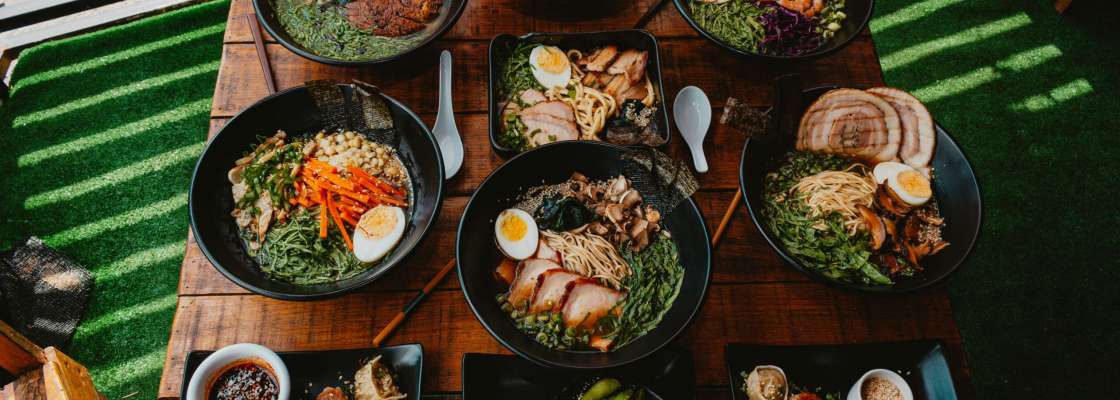This quick survey – conducted in April 2025 – looks at how hospitality businesses are handling customer leftovers — whether they offer doggie bags and what happens to the food that doesn’t get eaten.
Overview:
-
Customer Requests: The majority of hospitality businesses only provide doggie bags if a customer requests it. A smaller proportion have a policy not to provide doggie bags, typically due to food safety or brand concerns.
-
Handling of Leftover Food: The most common method for disposing of customer leftovers is general rubbish/landfill.
-
Some businesses use more sustainable approaches, such as:
-
Food waste collection services
-
Commercial composting
-
On-site composting
-
Feeding to animals (e.g. pig farms, where permitted)
-
-
MEMBER FEEDBACK:
“If we consistently see leftovers on plates, that indicates to us that our portion sizes are wrong so we decrease the portion size accordingly. We want to try and avoid the ‘doggy bag’ situation.”
“We aim to be low packaging to fit in with our sustainability message. We provide limited takeaway packaging solutions, but waste reduction is a huge focus.”
“It would be great to contrast commercial (eg restaurant) dining vs at home dining as I believe the industry has much lower food (and packaging) waste per plate than at home dining. On premise dining should be a poster child for sustainability without needing to do anything different.”
Download the Viewpoints on customer leftovers – April 2025
Copyright © 2025 Restaurant Association of New Zealand Inc. All rights reserved. No individual, party, entity is permitted to share, adapt or reuse this work without the consent of the Restaurant Association of New Zealand Inc.
